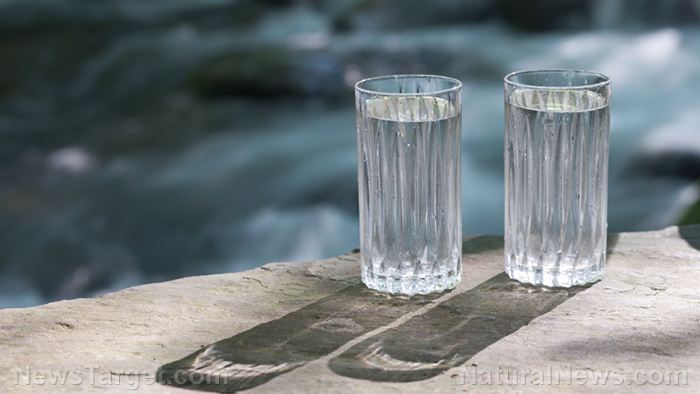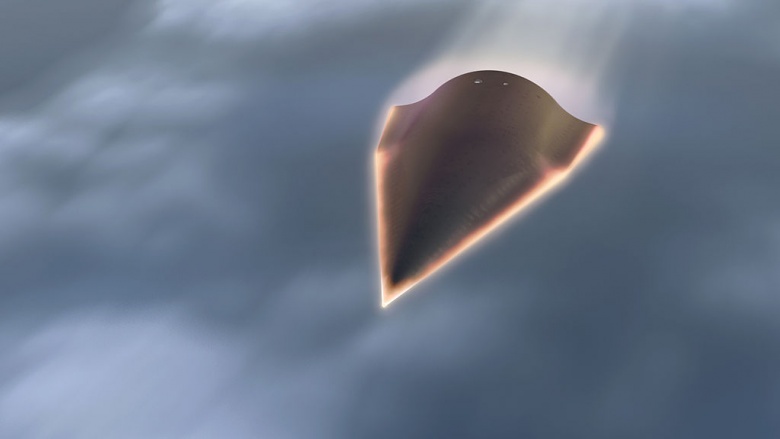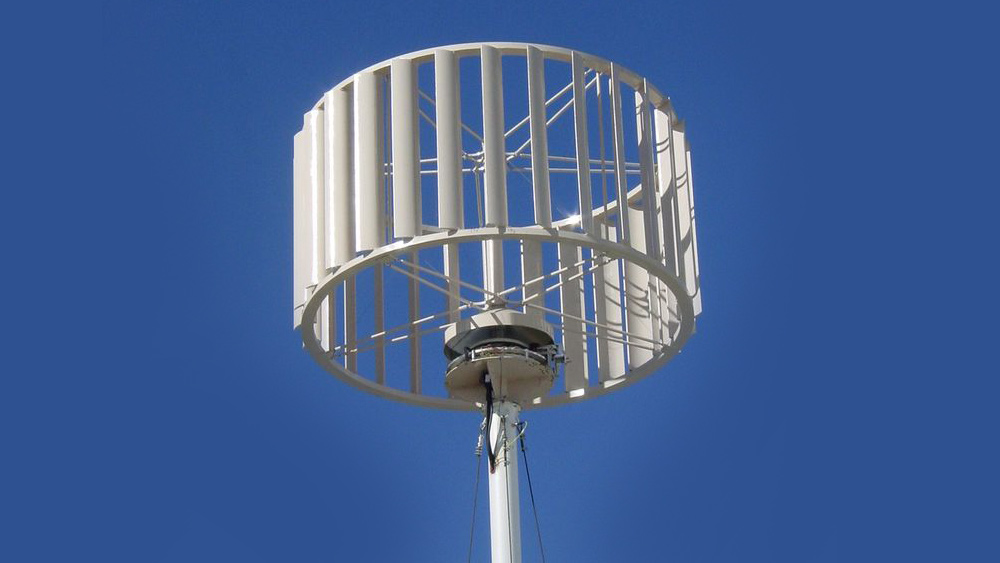This innovative skylight uses light from the sun to desalinate water for drinking
05/21/2021 / By Divina Ramirez

Designer Henry Glogau has developed a skylight that uses seawater to provide natural ambient light and clean drinking water. The device is charged by a mini solar panel during the day. The remaining sea salt is also funneled into a dozen zinc and copper batteries that power a strip of light-emitting diodes (LEDs).
Glogau’s device, which he dubbed Solar Desalination Skylight, is a finalist of the Lexus Design Award 2021. It’s a competition dedicated to empowering participants to design and invent for a better future.
Entries are finalized and awarded based on their possible impact on human society. Glogau’s device aligns perfectly with the competition’s principles, as it could be used to provide basic services like light and clean water to homes in underdeveloped regions.
Solar-powered light fixture uses sunlight to desalinate water
Glogau graduated from the Royal Danish Academy of Fine Arts in Copenhagen, Denmark with a master’s degree that specialized in architecture and extreme environments.
Glogau sought to address the lack of indoor lighting and access to drinking water in the houses within informal settlements in Chile. Chile has about 110,000 families living in such communities, which are excluded from regular access to the benefits of urban development, such as power and water.
People in informal settlements often just board up their windows for protection. This results in little to no light at all, forcing residents to hijack power lines. This is an extremely dangerous activity that has already led to many fires within such settlements, which also have limited access to clean water.
Glogau identified two raw resources that the settlements in Chile have access to: sunlight and seawater. “In my development process, it became apparent that I could address the lack of indoor lighting and water access by creating a hybrid skylight and solar desalination device,” explained Glogau.
The skylight was designed to be sustainable and passive. In addition, Glogau said he wanted it to be a feature inside the dark settlement home.
How the skylight works is very simple: during the day, seawater is fed through a pipe into the skylight, which is shaped like a bowl. Solar energy harnessed from the sun is then used to desalinate the water. The user can then use a tap at the base of the skylight to extract drinking water. (Related: Green and clean: Energy-efficient water purification system developed by scientists.)
At night, the residual brine from the purification process is used to create a source of energy through a reaction when placed in storage tubes holding copper and zinc. These tubes, 12 in total, act as salt “batteries.”
The batteries can provide 9.53 volts, which is more than enough to power a strip of LEDs for internal light. The batteries can also be charged by a mini solar panel during the day.
Initial tests showed that the prototype could produce up to 440 milliliters (ml) of purified water per day. It also reduced salinity levels from 36,000 parts per million (ppm) to 20 ppm. Plus, the collected water added a striking dappled effect that helped change the mood throughout the day.
Glogau was able to test his invention during his month-long stay at the informal settlement communities in the region of Antofagasta in northern Chile. He collaborated with a local non-government organization and successfully installed the device in one of the homes there.
Chile is far from being the only country in the world with informal settlement communities where residents are not guaranteed basic necessities like power or water. Glogau’s invention, being cheap and practical, could be the solution to this problem of access to basic necessities.
The device is already being used by residents in some informal settlement communities in Chile.
Go to CleanWater.news to learn more about the current technologies used to clean water for drinking.
Sources include:
Tagged Under: breakthrough, Clean Energy, clean water, discoveries, future science, green energy, green living, innovation, invention, power, renewable energy, solar energy
RECENT NEWS & ARTICLES
COPYRIGHT © 2017 FUTURETECH.NEWS
All content posted on this site is protected under Free Speech. FutureTech.news is not responsible for content written by contributing authors. The information on this site is provided for educational and entertainment purposes only. It is not intended as a substitute for professional advice of any kind. FutureTech.news assumes no responsibility for the use or misuse of this material. All trademarks, registered trademarks and service marks mentioned on this site are the property of their respective owners.





















